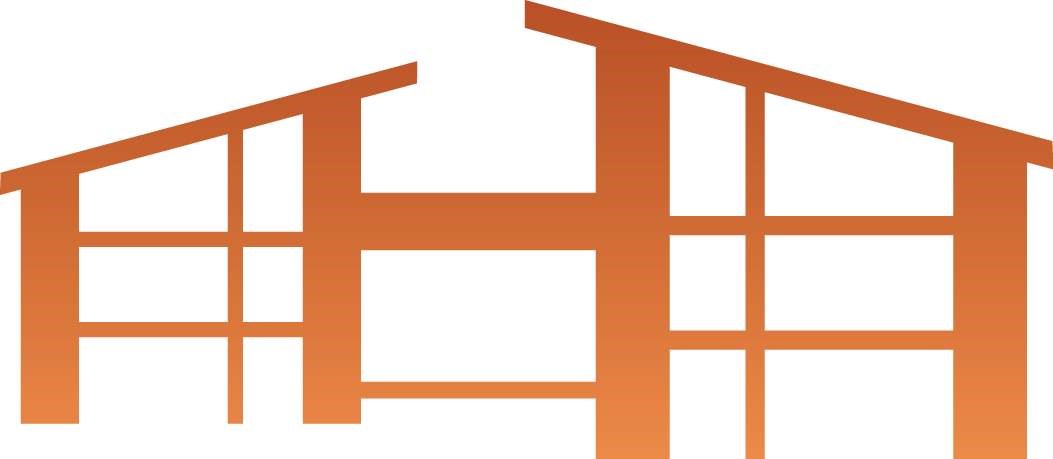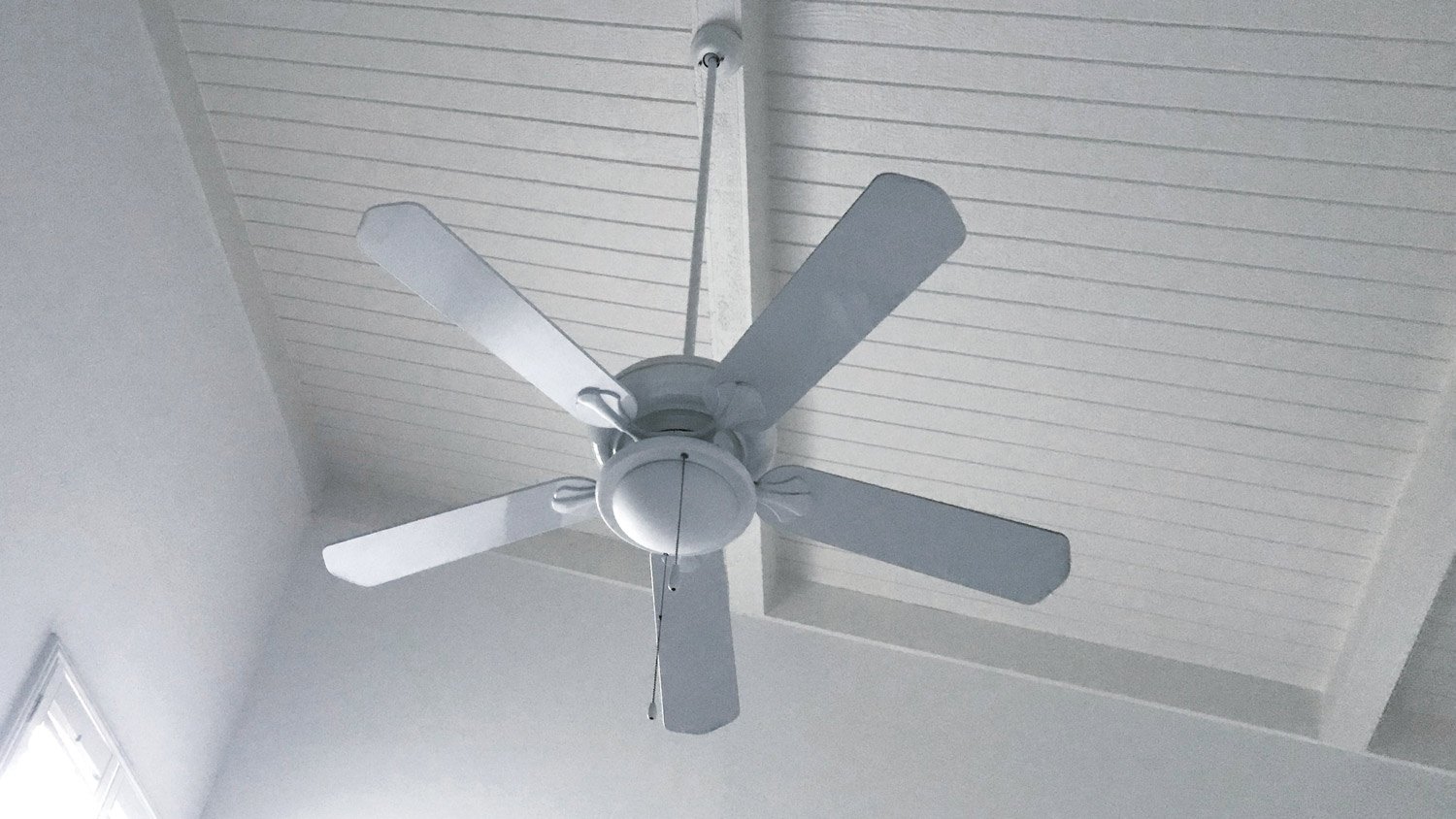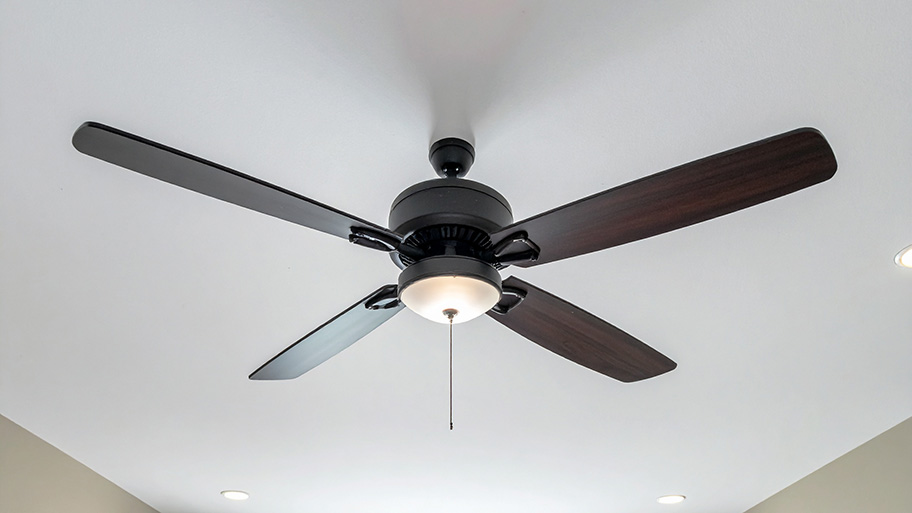
Get matched with top ceiling fan pros in Lewistown, MO
Enter your ZIP and get matched with up to 5 pros
Need a pro for your ceiling fan service project in Lewistown, MO?
Verified Reviews for Ceiling Fan Service pros in Lewistown, MO
*The Angi rating for Ceiling Fan Service companies in Lewistown, MO is a rating based on verified reviews from our community of homeowners who have used these pros to meet their Ceiling Fan Service needs.
*The HomeAdvisor rating for Ceiling Fan Service companies in Lewistown, MO is a rating based on verified reviews from our community of homeowners who have used these pros to meet their Ceiling Fan Service needs.
Last update on December 07, 2025
Find Ceiling fan pros in Lewistown
ALL-N-ALL CONSTRUCTION, LLC
ALL-N-ALL CONSTRUCTION, LLC
Construction, remodeling, repairs as many people as needed, cash, check, money order and can accept cards for fee
Construction, remodeling, repairs as many people as needed, cash, check, money order and can accept cards for fee
Taylor engineering and construction inc.
Taylor engineering and construction inc.
We are a family owned and managed business that does engineering and technology design and development for the.automotive industry and construction industry if you can dream it we can build it we take pride in our quality workmanship and attention to detail.
We are a family owned and managed business that does engineering and technology design and development for the.automotive industry and construction industry if you can dream it we can build it we take pride in our quality workmanship and attention to detail.

Shade Home Services
Shade Home Services
I have been in the construction business for 10+ years. I have built many houses and can do just about it all. Please contact me with any questions.
I have been in the construction business for 10+ years. I have built many houses and can do just about it all. Please contact me with any questions.
Call The All In One Construction Co
Call The All In One Construction Co
I have 35 years experience in construction I have performed all phases of construction im a 4th generation contractor I have 4 employees
I have 35 years experience in construction I have performed all phases of construction im a 4th generation contractor I have 4 employees
Nunezotw
Nunezotw
From the grown up my crew and I will make your visions come rue
From the grown up my crew and I will make your visions come rue

Assured Building Products LLC.
Assured Building Products LLC.
Our company provides great customer service with quality products at a competitive price.
Our company provides great customer service with quality products at a competitive price.

HighTech Service
HighTech Service
Licensed and Insured. Expert Service. Military and Senior Discounts. Clean and Professional. Emergency Service Available. Quality Assurance Program. Small Business. Local Family Owned.
Licensed and Insured. Expert Service. Military and Senior Discounts. Clean and Professional. Emergency Service Available. Quality Assurance Program. Small Business. Local Family Owned.
Patzius Electrical & Plumbing
Patzius Electrical & Plumbing
We install all Appliances, We Build Commercial Electrical Panels, We do new and old repairs on your home. .
We install all Appliances, We Build Commercial Electrical Panels, We do new and old repairs on your home. .
The Lewistown, MO homeowners’ guide to ceiling fan services
From average costs to expert advice, get all the answers you need to get your job done.

If your ceiling fan stops working due to a bad motor or broken pull chain, here’s what you can expect to pay to get it fixed.
 •
•Discover the cost to install a ceiling fan, including labor, materials, and tips to save. Learn what impacts your price and how to budget for your project.

If your ceiling fan isn’t spinning, the problem could be something as straightforward as a stuck switch or a blocked blade. In more rare cases, it might point to a deeper issue inside the fan.

If your ceiling fan is wobbling, it’s likely a simple problem. Check out these common reasons why your ceiling fan wobbles and their quick solutions.

Ceiling fans need the help of lubrication to run smoothly and quietly. Learn how to oil a ceiling fan without taking it down in a few simple steps.

Looking to cool down a room or get some more air flowing throughout the house? Learn how to install a ceiling fan without existing wiring.
- Canton, MO Ceiling fan pros
- La Grange, MO Ceiling fan pros
- Taylor, MO Ceiling fan pros
- Edina, MO Ceiling fan pros
- Shelbyville, MO Ceiling fan pros
- Kahoka, MO Ceiling fan pros
- Palmyra, MO Ceiling fan pros
- Quincy, IL Ceiling fan pros
- Warsaw, IL Ceiling fan pros
- Mendon, IL Ceiling fan pros
- Shelbina, MO Ceiling fan pros
- Monroe City, MO Ceiling fan pros
- Memphis, MO Ceiling fan pros
- Keokuk, IA Ceiling fan pros
- Hamilton, IL Ceiling fan pros
- Clarence, MO Ceiling fan pros
- Hannibal, MO Ceiling fan pros
- Payson, IL Ceiling fan pros
- La Plata, MO Ceiling fan pros
- Montrose, IA Ceiling fan pros
- Nauvoo, IL Ceiling fan pros
- Camp Point, IL Ceiling fan pros
- New London, MO Ceiling fan pros
- Carthage, IL Ceiling fan pros
- Kirksville, MO Ceiling fan pros
- Donnellson, IA Ceiling fan pros
- Golden, IL Ceiling fan pros
- Greentop, MO Ceiling fan pros
- Macon, MO Ceiling fan pros
- Liberty, IL Ceiling fan pros
- Windows in Lewistown
- Property Appraiser in Lewistown
- Dumpster Rental in Lewistown
- Septic Tank in Lewistown
- Countertops in Lewistown
- Plumbing in Lewistown
- Roofing in Lewistown
- Kitchen And Bath Remodeling in Lewistown
- Tree Service in Lewistown
- Fencing in Lewistown
- Pest Control in Lewistown
- Siding in Lewistown
- Lawn And Yard Work in Lewistown
- Landscaping in Lewistown
- Concrete Repair in Lewistown
- Foundation Repair in Lewistown
- Garage Doors in Lewistown
- Flooring in Lewistown
- Moving in Lewistown
- Windows in Lewistown
- Garbage Collection in Lewistown
- Swimming Pools in Lewistown
- Insulation in Lewistown
- Pressure Washing in Lewistown
- Gutter Cleaning in Lewistown
- Exterior Painting in Lewistown
- Septic Tank in Lewistown
- Air Duct Cleaning in Lewistown
- Home Builders in Lewistown
- Excavating in Lewistown
- 🌱 "Mow a small front yard"
- 🛠 "Fix a leaking pipe under the sink"
- 🏠 "Repair shingles on an asphalt roof"



